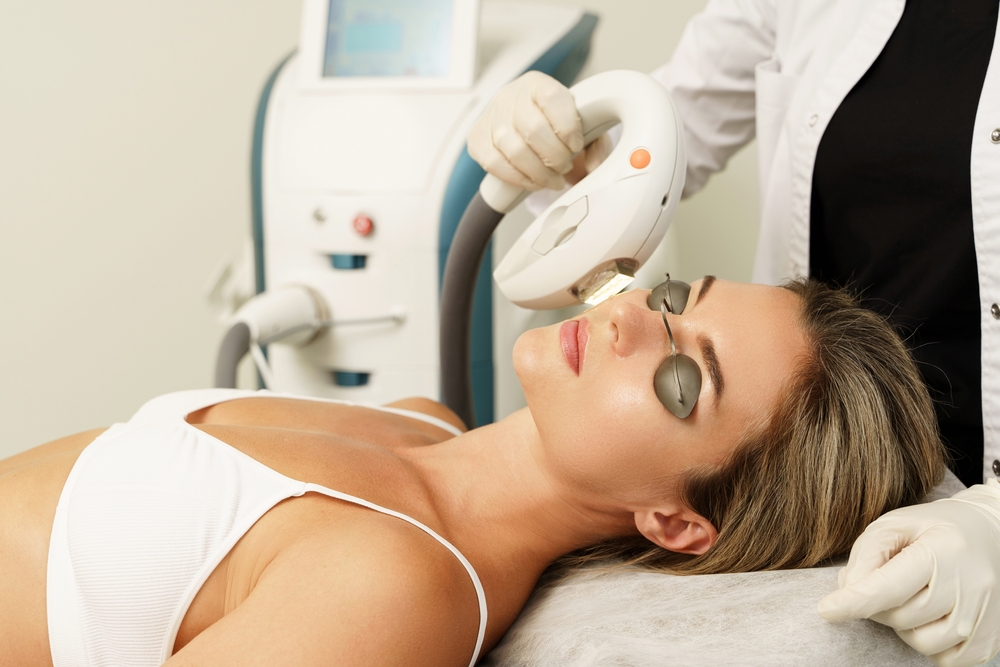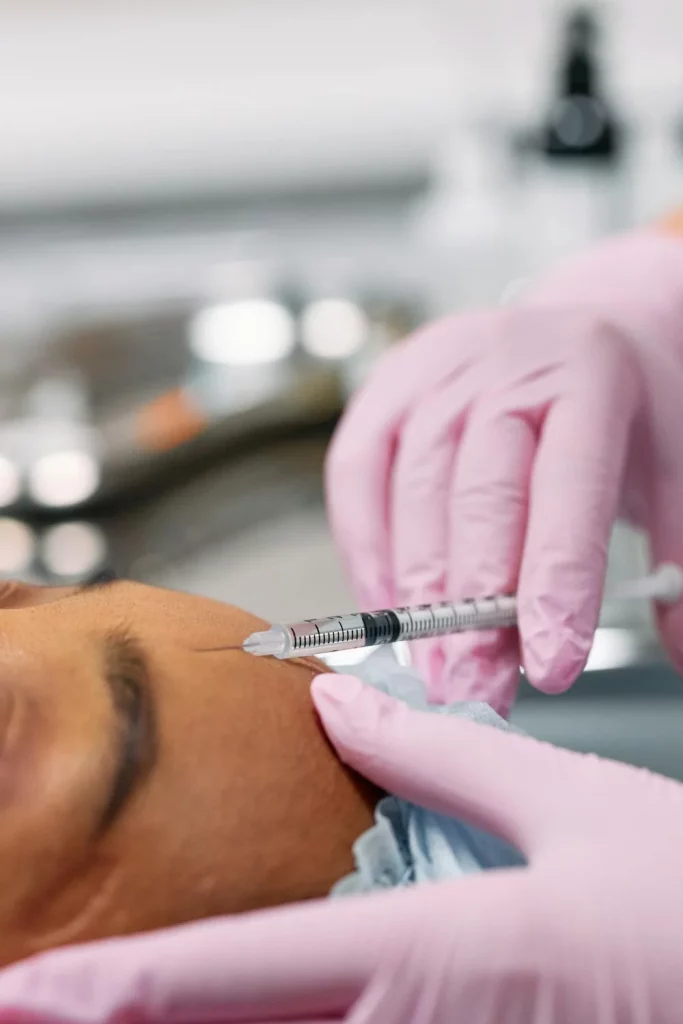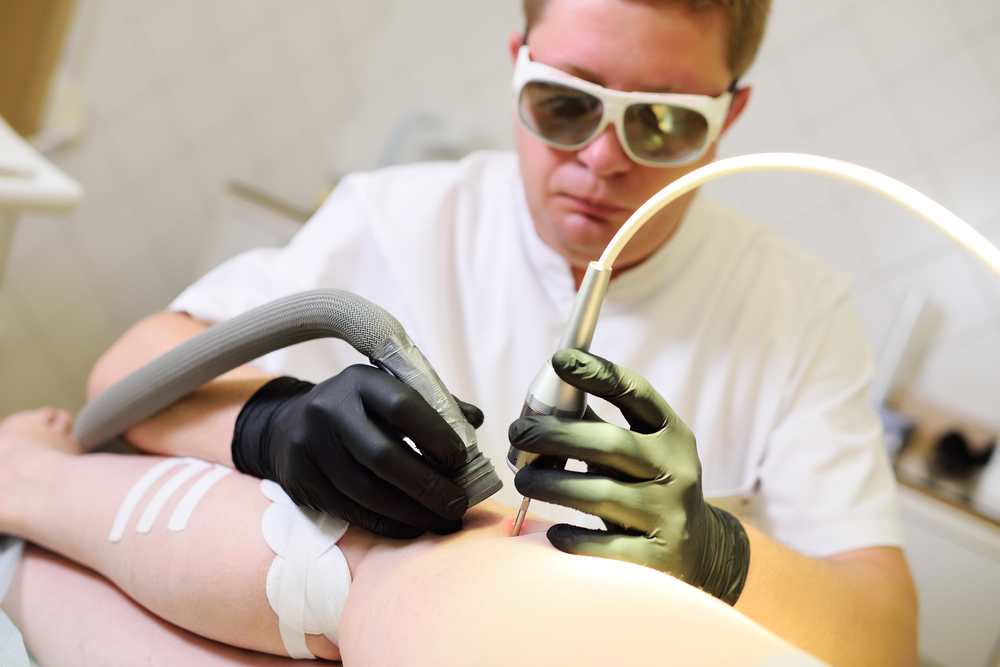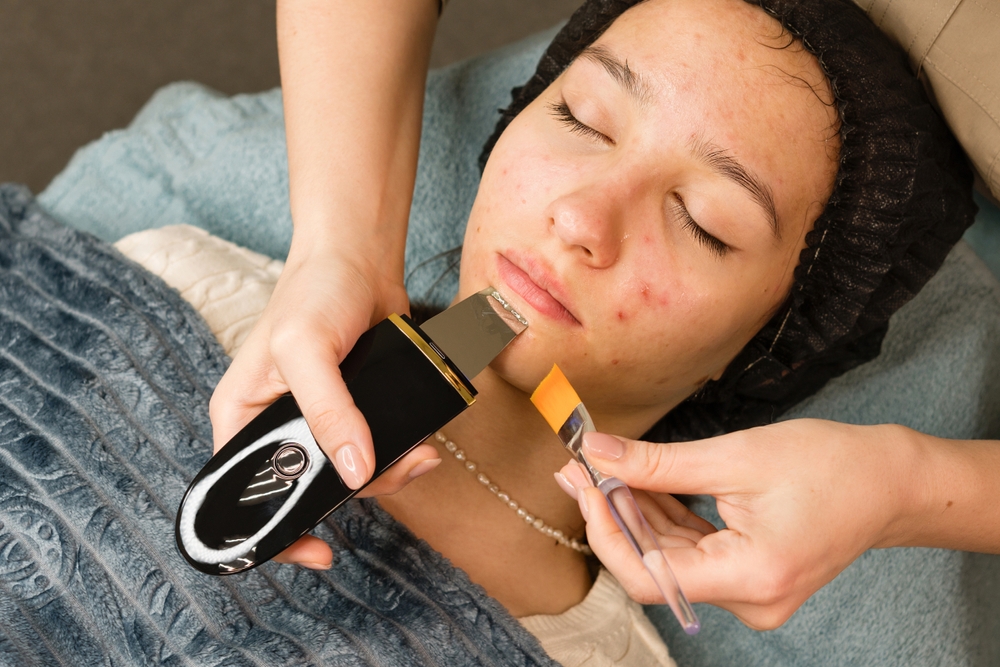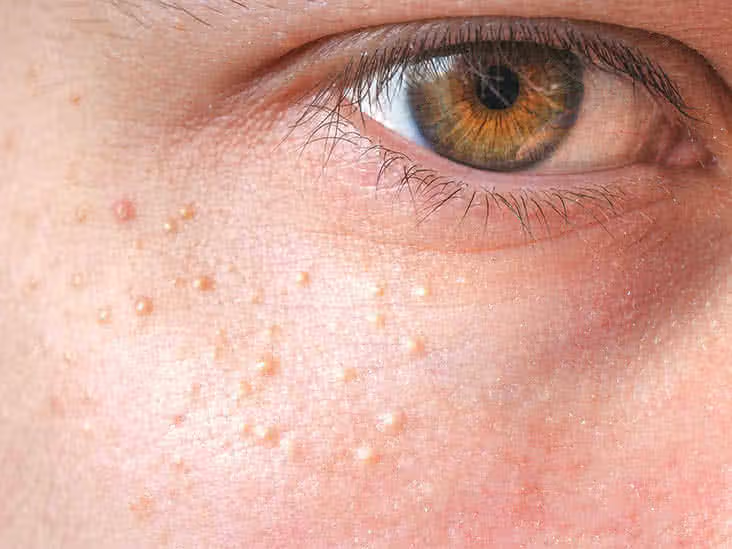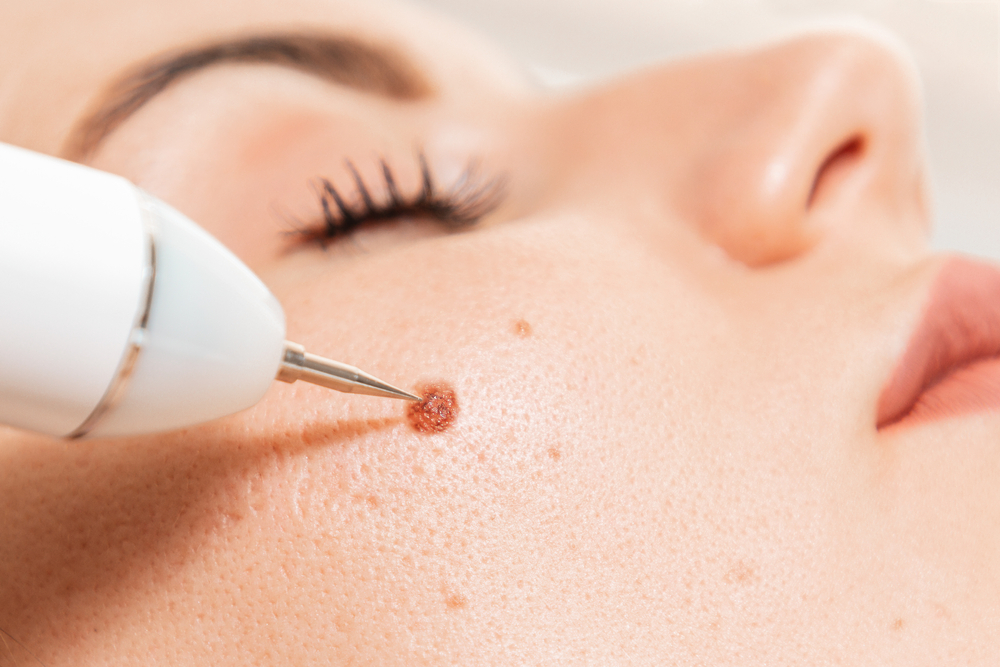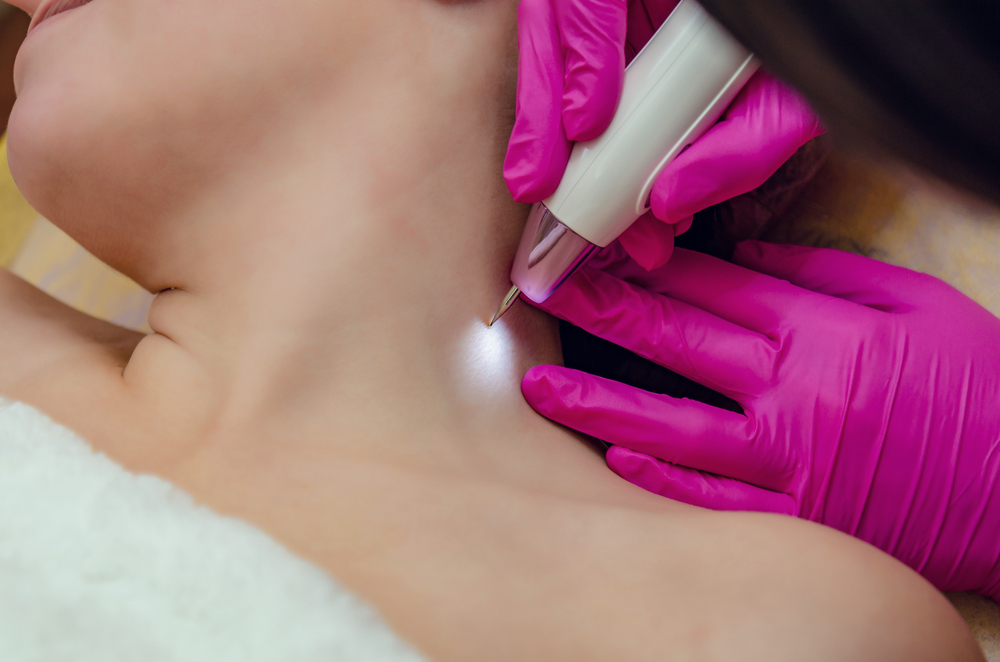
Skin Tags
Sufferers may choose to remove the skin tags as they can be unsightly, affect self-confidence, snag on clothing or jewellery, or bleed.
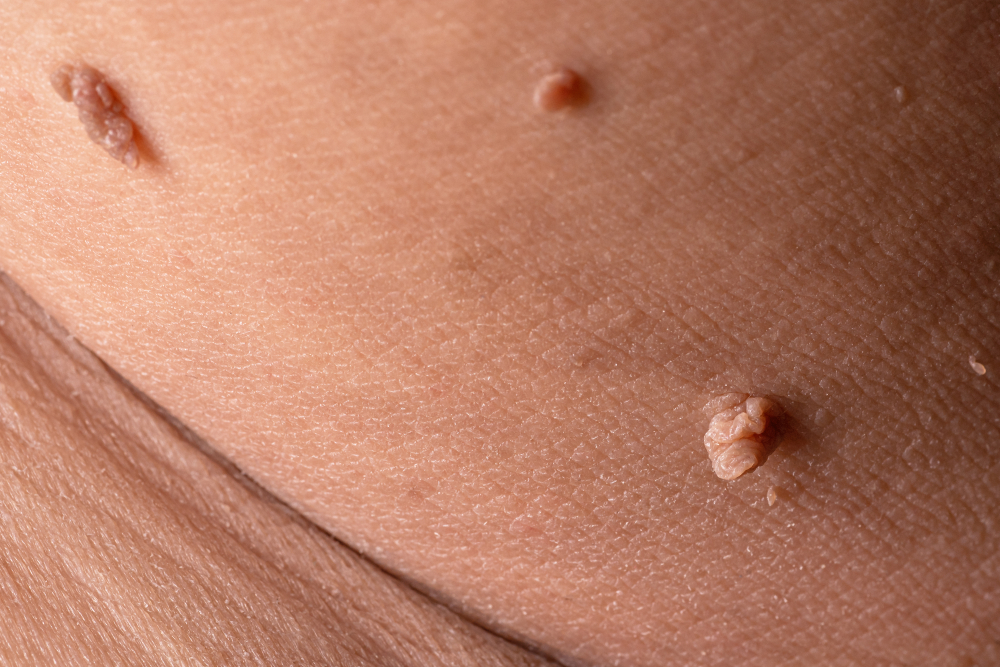
WHAT ARE SKIN TAGS?
Skin tags are small, flesh-coloured or brown growths that hang off the skin and can look slightly wart-like. You will be able to distinguish between skin tags and warts as: skin tags are smooth and soft, whereas warts tend to be rougher with an irregular surface; skin tags are ‘knobbly’ and hang off the skin, whereas warts are usually flat; and skin tags are not contagious, but warts spread very easily, so a sudden outbreak or cluster of growths is more likely to be warts.
Skin tags are very common, harmless and do not usually cause pain or discomfort. Skin tags are usually a few millimetres in size, although can be as big as 5cm. Anyone can develop skin tags, but they are particularly common in older people. It is thought skin tags grow where skin rubs against skin or clothing, although some people develop them for seemingly no apparent reason.
Sufferers may choose to remove the skin tags as they can be unsightly, affect self-confidence, snag on clothing or jewellery, or bleed.
1.
ENQUIRE
Call, message, or pop in at our clinic and speak to our welcoming team.
2.
CONSULTATION
Attend a consultation to see which treatment is right for you.
3.
APPOINTMENT
Sit back and relax in the care of our skincare professionals.
4.
AFTERCARE
Get the best results from your treatment with our aftercare solutions.
How can they be treated?
Skin tags can be treated using a hyfrecator, which works by using electricity to quickly dehydrate the skin tags, causing them to fall off within a few days. The hyfrecator has been used for several decades for the removal of skin tags, and our hyfrecator has been approved by the US Food and Drug Administration (FDA) deeming it safe and effective for aesthetic treatment.
The hyfrecator functions by sending electrical impulses into the body with the use of a probe. It emits an alternating current (AC) that is low in power but at a high frequency. Using the ‘dessication’ approach, the tip of the probe is used to heat a small area of the skin to a temperature that is too high for the tissue to tolerate. As a result of this heating, the treated tissue dies, then the body’s natural processes to take over, completing the healing cycle.
The precision of the hyfrecator tip makes it possible for the practitioner to be very exact when it comes to addressing tissue that needs to be removed or cauterized. For small skin tags, no anaesthesia or only topical numbing cream will be adequate.
FEEL CONFIDENT IN YOUR SKIN
Our skin clinic specialises in a range of treatable conditions, from acne to wrinkles, and everything in between.

Frequently Asked Questions
How many treatments will I need?
The number of treatments required will depend on the severity and number of skin tags. On average patients will need one to three treatments. A full treatment plan will be discussed with the nurse practitioner at consultation.
Will it hurt?
The hyfrecator treatment does not hurt. In some cases an anaesthetic cream or injection may be used to numb the treatment area.
When will I see the results?
Results will be visible several days after the initial treatment. Patients may require repeated treatments to achieve their desired results.
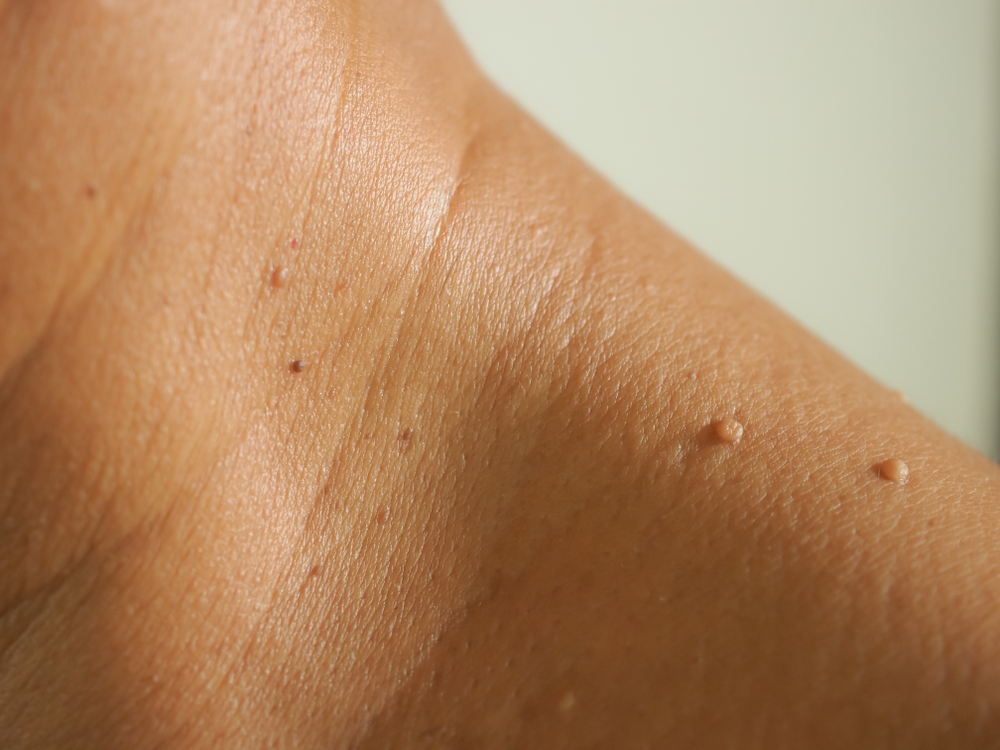

 Menu Item
Menu Item